Damaged and Fallen Trees
To report a problem or request a service for a City tree, you can call 311, use our online tree service request system, or visit the NYC Tree Map. Please keep yourself safe and exercise caution around injured trees until we can reach the site to secure the area. For life-threatening emergencies, call 911.
When to Report a Condition
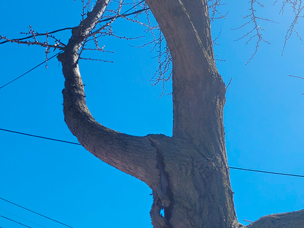
A tree branch/limb is cracked, will fall, or has fallen down.
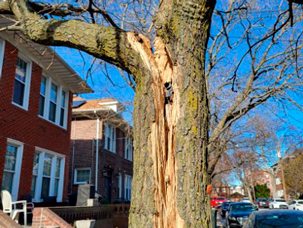
A tree trunk is split.
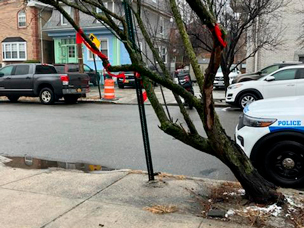
A tree is leaning, uprooted, or has fallen down.
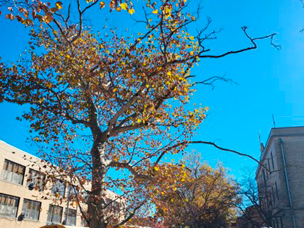
A tree is alive, but is in poor or declining condition.
Report a Damaged or Fallen Tree
Before you make a tree service request, please make sure that you have not previously submitted the same request. If you need to check the status of your request, please visit 311 Online.
The City does not perform work on trees located on private property. You should consult with a certified arborist before performing any work on your property.
Report damaged or fallen trees one of three ways. Submit a request by calling 311, using our online tree service request form, or locating the tree on the NYC Tree Map.
After Your Report
After your report is submitted, we will give you a tracking number and details about how your report will be addressed. A Parks inspector will visit the location, assess the condition, and determine the most appropriate course of action at that time. Forestry crews will be dispatched as needed.
You can check the status of your damaged or fallen tree report, or other tree service request, by calling 311 or visiting 311 Online.
Other Types of Damage
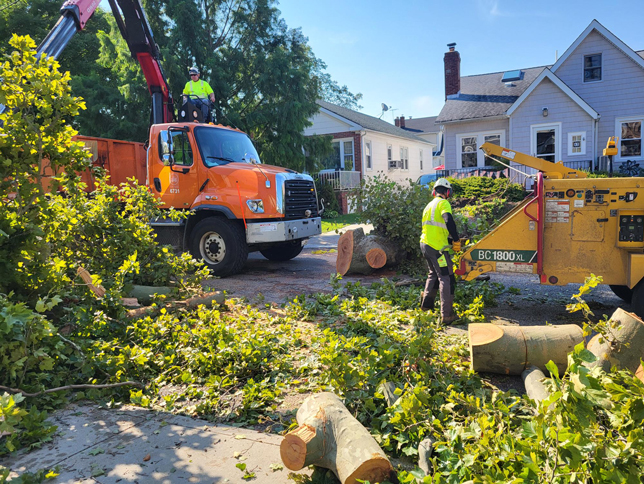
Storm Damage
Tree damage often occurs during inclement weather and severe storms. When there are high winds resulting in widespread tree damage, we will prioritize the inspection and resolution of storm-related conditions, and if necessary, scale up our capacity by enlisting the help of other Parks divisions, emergency contractors, and other City Agencies. To learn more about our coordinated efforts during these events, please visit our Storm Response page.
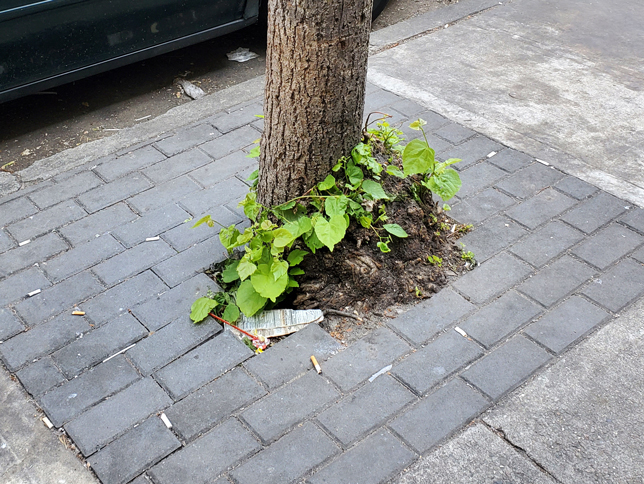
Illegal Tree Damage
If you have witnessed or believe a tree was damaged, destroyed, removed, or pruned without the permission of Parks, please call 311, use our tree service request system, or visit the NYC Tree Map to report the damage. To learn more, visit our Illegal Tree Work and Damage page.
Insects and Diseases
Many insects are not harmful to trees. If there is a bees’ nest in the tree that seems hazardous, please do not destroy it. Instead, contact a bee re-locator in your borough to move the nest. If you think that there is an insect or disease that is harming a city tree, you can request an inspection from Parks by using our tree service request system, visiting the NYC Tree Map, or calling 311.
Please see the list below to learn more about what we are doing to manage damage from each insect or disease.
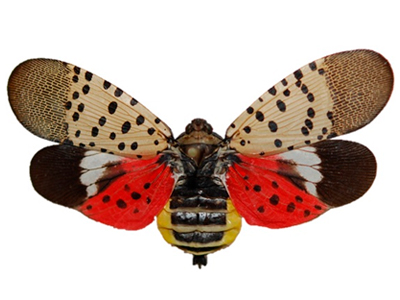
Spotted Lanternfly
Parks is not performing widespread treatment; however, we may treat limited high-value trees if deemed necessary.
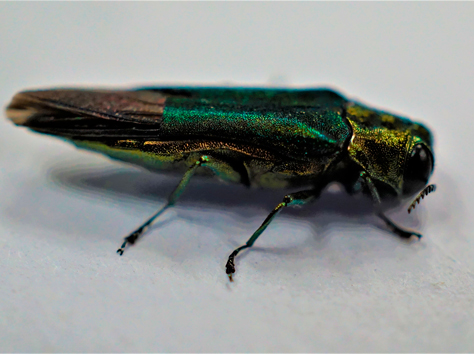
Emerald Ash Borer
If you suspect that an ash tree has an Emerald Ash Borer infestation, please report it through our Tree Service Request page.
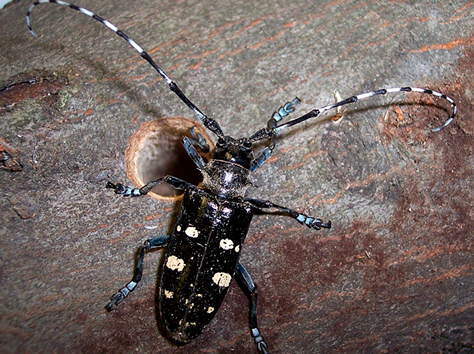
Starry Sky Beetle
As of 2019, the quarantine for starry sky beetle (formerly known as Asian longhorned beetle) is no longer in place. If you suspect a tree has an infestation, report it to forest.health@parks.nyc.gov.
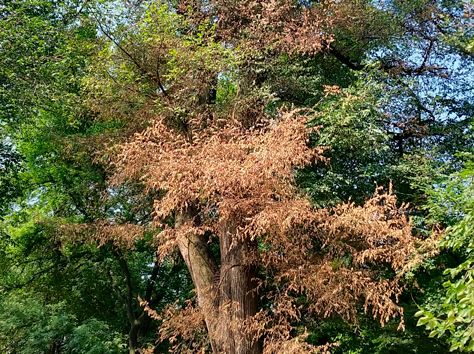
Dutch Elm Disease
Parks is working to fight and prevent infestations of Dutch elm disease through pruning, inoculation and planting Dutch elm disease resistant elm cultivars.